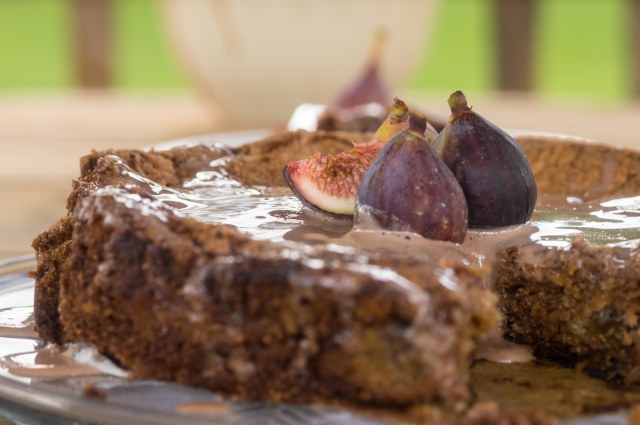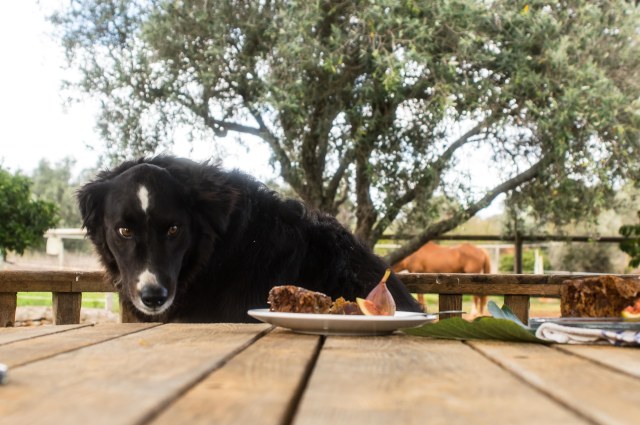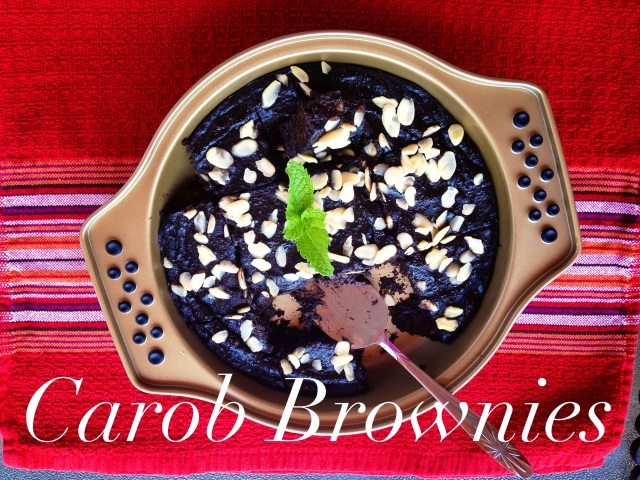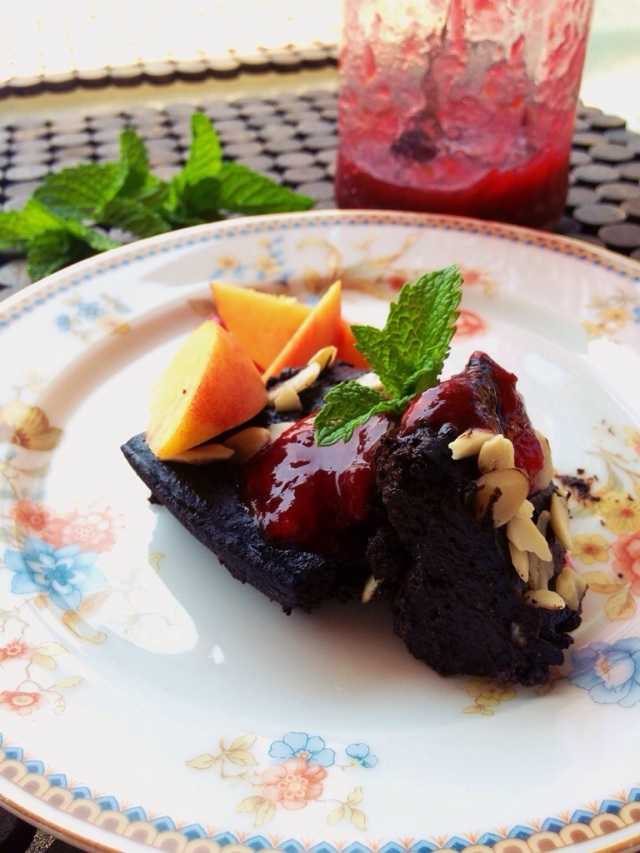Fig picking is coming close to an end here in Portugal, and after a few weeks of eating way too many of them, necessity plus a little out of the box thinking just makes you cook wonderful things. Like this cake.
Figs are a big part of Portugal, the south in particular, where you can find a peculiar sweet treat called Queijo de Figo, which literally means fig cheese. It’s like dried fig paste with a mix of nuts and condiments, condensed into a cheese format and texture. Cabrita Neto has developed some tasty concoctions with outstanding ingredients, almonds and cardamom. They even have individual bars, that you can eat as a on-the-go snack. Because, come on, who doesn’t want to eat a tasty piece of fig cheese while walking to work or on a stroll by the coast?
Considering the overflow of this fruit through our lands, plus our cute habit of stopping the car by any road side to pick, we acquired a knack of showing you guys all the ways we love to eat, breath and speak fig.
In my home town, at the top near the castle wall close to a garden, there is at least five trees. As soon as summer hits, the fruity smell wonders through the air, and people pop by a branch ever so often to see if any figs are ripe enough to eat. After a few weeks of hot summer heat, beachside adventures and tourist drenched streets, you will find the locals around the trees, with huge poles, that have a sort of tweezer-ish character about it, so they can reach the high branches and pick the out-of-reach fruit. It’s traditionally beautiful.
Not every tree is the same. My grandmother’s tree starts mid August, my backyard trees all sort of begin in September, and a few are still not ready to eat yet.
So, about this cake: it’s a great recipe to add any sort of fruit you wish, and it keeps quite a while considering how moist it is. The lack of dairy provides a sweet treat for a huge group of special dietary people. The original recipe called for only oil, but I have combined half olive oil, so the health benefits are present, without the overwhelming flavor some might not enjoy much in sweets. What sort of olive oil should you use? I prefer to save the extra virgin for salads and bread dipping, use the virgin one for baking as flavor wise it will just combine with the remaining ingredients plus, it will also be cheaper to concoct.
Ingredients:
- 250 grams brown sugar
- 2 eggs
- 100 ml virgin olive oil
- 100 ml cooking oil
- Lemon zest
- 1 teaspoon cinnamon
- 225 grams all purpose flour (whole grain for you health nuts)
- 7 grams baking powder
- 7 grams baking soda
- 2 grams sea salt
- 300 grams figs
- 4 tablespoons Tawny Port wine
- Drizzle of honey
- Powdered sugar
- 1 tablespoon of butter (ghee for lactose intolerants)
- 2 tablespoons milk (water for lactose intolerants)
Instructions:
- Roast the figs, whole, in port wine and a drizzle of honey. No need to add too much sweet, the figs speak for themselves. Let cool and save the sticky port wine syrup. This will be the base for the glaze.
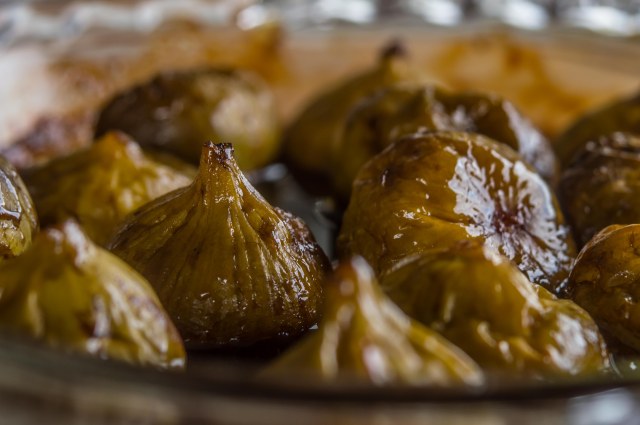
- Beat the eggs sugar, oils and lemon zest for 5 minutes on medium, until a smooth paste os formed.
- Sift the flour, bicarb + baking powder, and add to the previous mix.
- Add the salt, the roasted cooled figs (cut in quarters).
- Place in a cake pan with parchment paper and bake at 165ºC for at least one hour.
- Cool the cake, remove from the pan and gently remove the parchment paper. It is suppose to look fairly rustic.
- Make the glaze with the roast fig + port wine syrup, softened butter/ghee, lemon zest and milk/water.
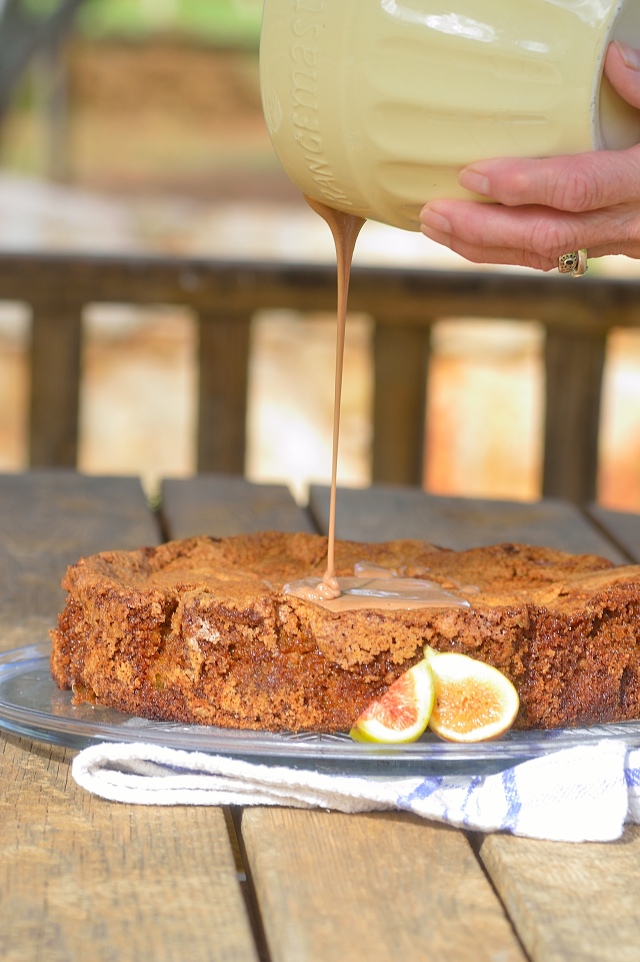
- Decorate with quartered figs.

- Eat.
Any leftovers? Eat it for breakfast, lunch, snack, whenever. It’s just that sort of cake. Goes well with everything and everyone, if you’re wondering.
My dog also enjoyed gazing at the cake.

